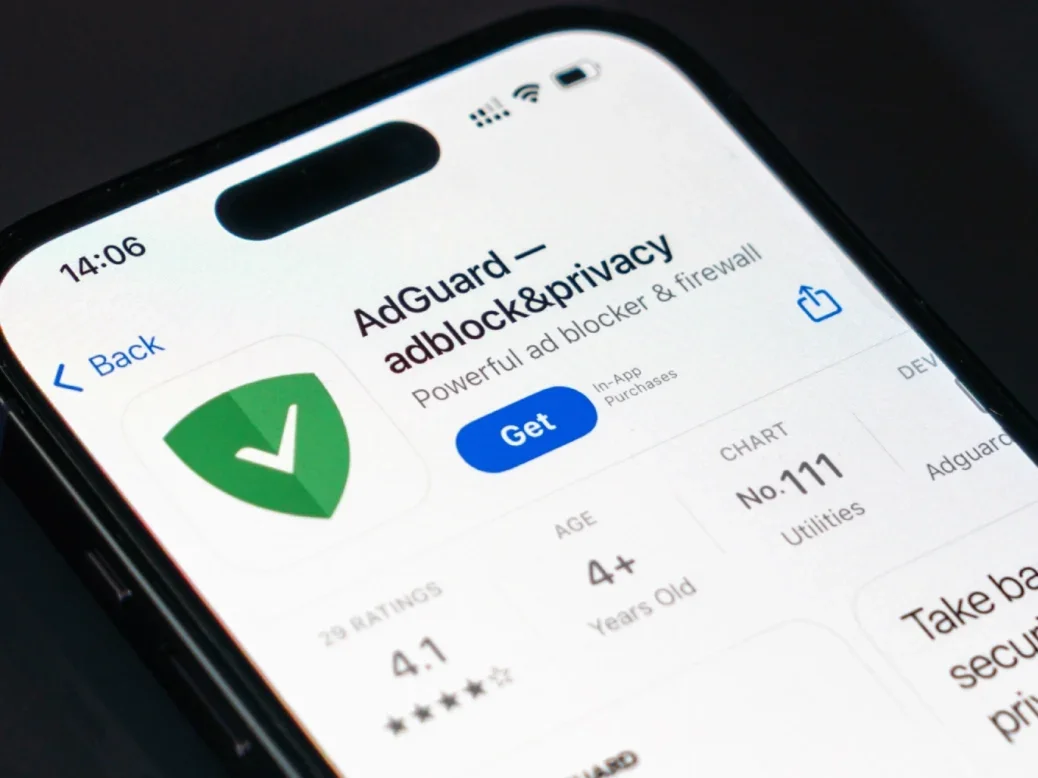
Web traffic that cannot be measured, and therefore monetised, by publishers has grown by 49% in the past three years, according to a new report.
The new study from adtech company Ad-Shield claims to be the first to comprehensively measure and explain the scale of “dark traffic”.
“Dark traffic” is defined as page views hidden to publishers by the strictest types of ad-blockers. These block all on-site analytics, whitelisted adverts, ad-block walls that ask people to allow ads, cookie content pop-ups and registration walls or paywalls.
This differs from traffic coming via softer ad-blockers that still allow all or many of these monetisation options for publishers but hide the most aggressive advertising for users.
The report claims to have found 976 million users globally representing “dark traffic” across the web, totalling 18% of all web traffic. That’s up from 590 million in 2019.
It predicts that dark traffic will hit 1.1 billion users in 2026.
In the UK, the report found that 23% of web traffic is “dark”, representing 16 million users.
The report findings were based on a study of more than five billion “dark traffic” page views detected across Ad-Shield’s publisher network by its proprietary technology in 2024 and 2025, combined with a consumer survey of 2,616 respondents generating “dark” page views and some third-party data including previous industry estimates from 2019 to 2023, before Ad-Shield launched. Ad-Shield claims it can now detect and measure traffic that evades traditional ad-blocker detection tools.
The study discovered that the majority of users did not choose to block ads, with ad-blocking technology often activated by a third-party like their employer at a network level, their educational institution, security software they installed, or public Wi-Fi networks.
For example ad-blocking tech can be bundled with VPNs (virtual private networks that hide a web user’s location) and built into browsers like BRave and Duck Duck Go. There are also dedicated apps and cross-platform brands such as AdGuard which describes itself as “the world’s most advanced ad blocker” that can “even” block on Youtube.
Previously ad-blocking was mainly thought to be done through browser extensions added to the most-used browsers like Google Chrome and Mozilla Firefox.
Under half (48%) of the survey respondents said they were fully aware they were ad-blocking, while 12% were somewhat aware and 40% were unaware.
Of those who block ads (including those who did not actively choose to), almost a quarter (23%) said they prefer not to see ads while 6% said they wanted to remove the most annoying ads and 6% did it for privacy reasons so they could not be tracked.
The report found that one type of advert proved the most irritating to users and most likely to trigger them to download an ad-blocked: pre-roll video adverts, which half (51%) said they find disruptive or frustrating.
The greatest proportion of users who self-activated a hard ad-blocker found out about it through advertising (34%), followed by word of mouth (31%) and media/social media (16%).
The report said: “These insights align with our ecosystem observations: many ad-block developers now market their products aggressively via Google Ads and programmatic placements, reaching users at scale.
“For publishers, this underlines the importance of awareness — brutal ad-blockers are no longer fringe tools. They’re mainstream products with real marketing budgets.”
Paul Bannister, chief strategy officer at ad management company Raptive, described dark traffic as “one of those industry shifts that’s been happening quietly while we’ve all been focused elsewhere.
“What’s clear is the causes behind ad blocking have become fragmented. It’s no longer purely user driven. This requires a fresh and thoughtful approach. Given the scale of what this report presents, even solving parts of this puzzle could meaningfully impact publisher economics.”
Heather Carver, chief revenue officer at programmatic adtech company Freestar, said: “As an industry, we’ve known about ad-blocking for a long time. This report changes how we should think about it.
“The growth of dark traffic undermines the ability of publishers to fund the production of quality content, or even operate as a business. We must recognise users are not the main driver causing this.”
And Scott Messer, founder of publishing adtech consultancy Messer Media, added: “Dark traffic is unlike anything we have seen before. It’s demonetising publisher content at scale without user consent.
“Publishers already face an existential-level threat in the face of AI reducing referral traffic. This is another slice that publishers cannot afford to lose.”
Email pged@pressgazette.co.uk to point out mistakes, provide story tips or send in a letter for publication on our "Letters Page" blog
